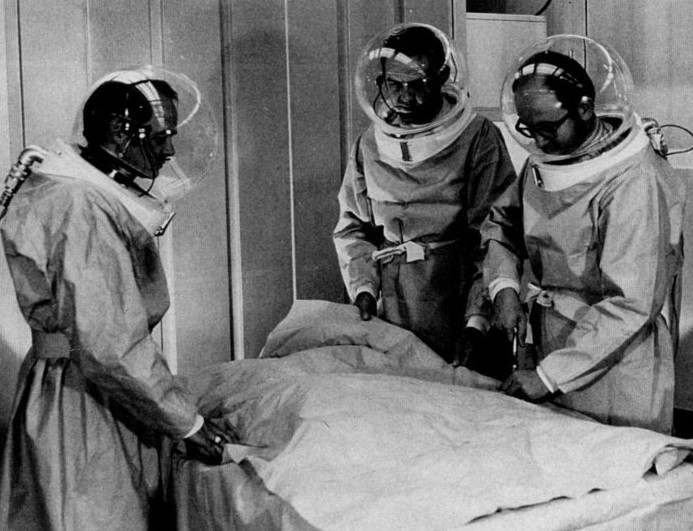A recent post concerned Liz Parrish, the BioViva CEO, who surprisingly announced herself as patient zero for the company’s experimental youth-restoring gene therapies, a move whose specifics are shrouded in secrecy. This treatment will not be cheap and widely available in three years, despite what the firm says, but many other questions are left unanswered. Antonio Regalado of Technology Review looks into the turbulent aftermath of the shocking proclamation. An excerpt:
Elizabeth Parrish, the 44-year-old CEO of a biotechnology startup called BioViva, says she underwent a gene therapy at an undisclosed location overseas last month, a first step in what she says is a plan to develop treatments for ravages of old age like Alzheimer’s and muscle loss. “I am patient zero,” she declared during a Q&A on the website Reddit on Sunday. “I have aging as a disease.”
Since last week, MIT Technology Review has attempted to independently verify the accuracy of Parrish’s claims, particularly how she obtained the genetic therapy. While many key details could not be confirmed, people involved with her company said the medical procedure took place September 15 in Colombia.
The experiment seems likely to be remembered as either a new low in medical quackery or, perhaps, the unlikely start of an era in which people receive genetic modifications not just to treat disease, but to reverse aging. It also raises ethical questions about how quickly such treatments should be tested in people and whether they ought to be developed outside the scrutiny of regulators. The field of anti-aging research is known for attracting a mix of serious scientists, vitamin entrepreneurs, futurists, and cranks peddling various paths to immortality, including brain freezing.
Parrish’s assertions set off a scramble among members of her company’s scientific advisory board to understand what had occurred. •







